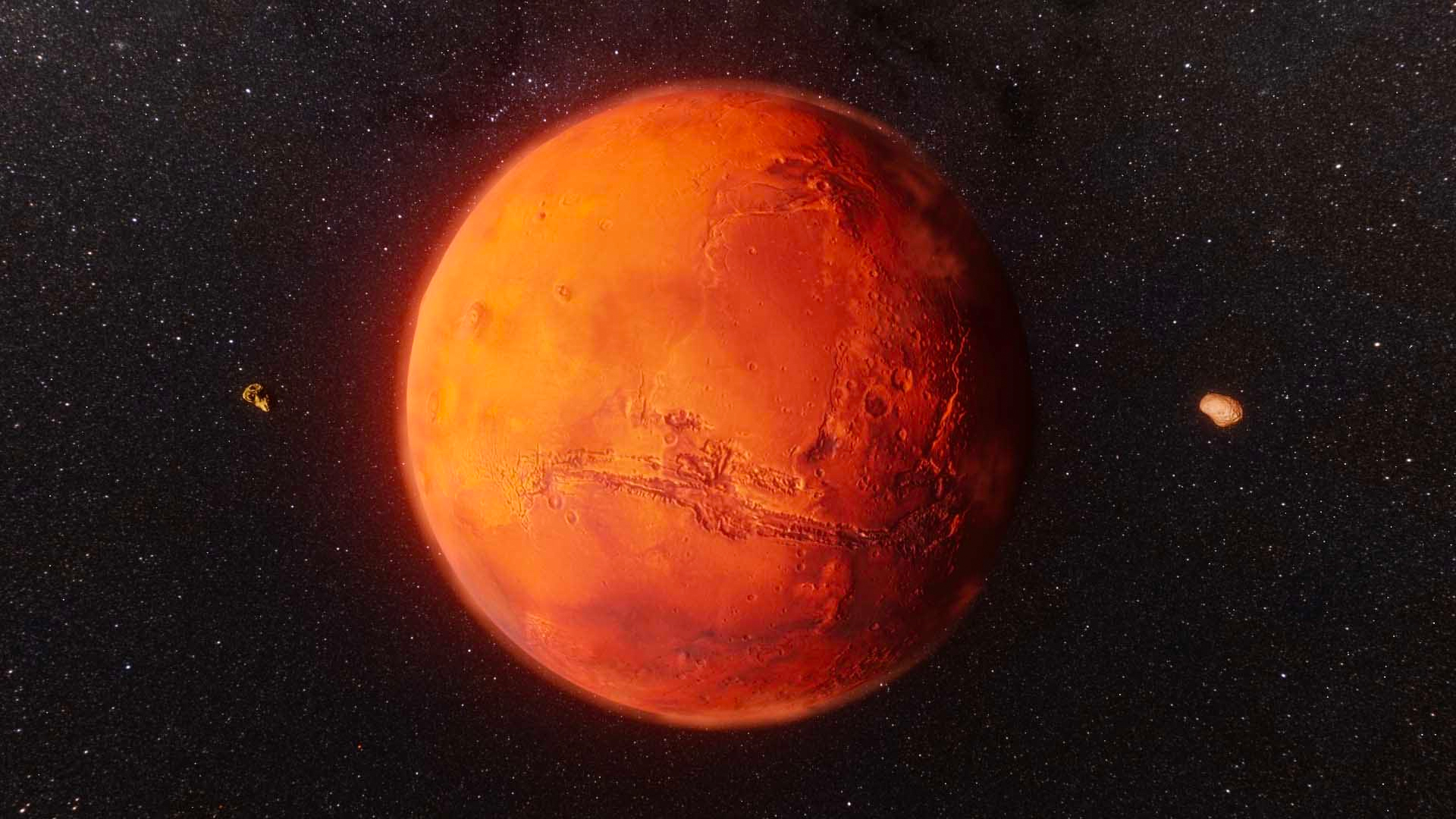After four consecutive days of heavy rainfall in Mumbai which saw scores of low-lying areas submerged in flood water and a public transport system struggling to stick to a schedule, a relatively dry Wednesday provided some respite to its residents. However, the downpour this month has been anything but usual so far.
In the first 10 days alone, the city received more rainfall than what it usually receives over the entire month of July. IMD records show that Mumbai receives an average 840 millimetres (mm) of rain in July, but this year, it has already witnessed 864.5 mm of rain. If the heavy downpour continues in the coming weeks, we may even see the July 2014 record of 1,468.5 mm broken comprehensively.
The numbers above, when compared to data from other parts of the country and previous records, do provide context and illustrate how heavy the rainfall in Mumbai actually was. But how is rainfall quantified and measured, and how is a global standard achieved in its measurement? But more importantly, why does a unit of length measure something like rainfall?
The short answer is rain gauge.
The rain gauge, an instrument that takes varying physical forms around the world and has evolved greatly over time, is what meteorologists and hydrologists use to gather and measure the amount of precipitation over a certain period of time. Below is an example of what a rain gauge can look like.
Employing guidelines set by the local weather office or those by global institutions such as the World Meteorological Organisation , these cylinders are constructed with precise measurements for diameter and using appropriate materials. They are then placed outdoors in areas where there are no trees or roofs overhead — essentially right under the skies.
During a spell of rain, the cylinder then collects water, which is measured later using a graded scale inscribed on the side of the cylinder. The “height” of the water collected, as seen on the scale, is what is said to be the rainfall received in the area over the last 24 hours (rainfall is usually measured in 24-hour periods but the frequency of these readings will depend on the requirements of the collection agency).
Although this is the principle followed in all rain gauges, the actual procedure adopted varies considerably from place to place and instrument to instrument. So when you see a rainfall reading in millimetres or centimetres, it is simply the height to which the collected water rose in the funnel of the rain gauge.
Here is a display of different types of rain gauges that the meteorological department in UK uses:
Identical rain gauges are placed by government meteorological departments across the region, and the average of those readings are used to come up with the rainfall recorded in the town or city. In Mumbai , weather stations located in Santa Cruz and Colaba collect rainfall data.
Instead of setting up government weather stations, some countries and municipalities use a network of volunteers equipped with these instruments to obtain rainfall data for sparsely populated areas.
But these instruments have their limitations too. Collecting data during a torrential storm or a hurricane is not only terribly difficult but also unreliable because of the extreme winds. Also, some water droplets sometimes stick to the funnel and sides of the collecting device, amounting to slightly underestimated readings in subsequent turns.
But more than anything, these readings are highly localised. Given that rainfall may not be uniform even in the same neighbourhood sometimes, one shouldn’t depend too much on their accuracy but use them as mere indicators.
)
)
)
)
)